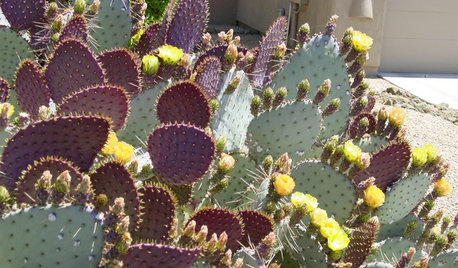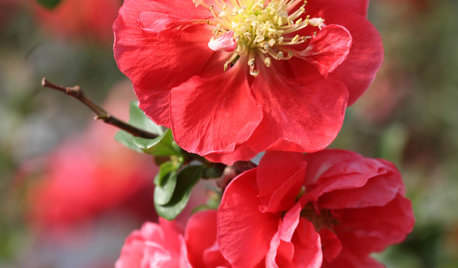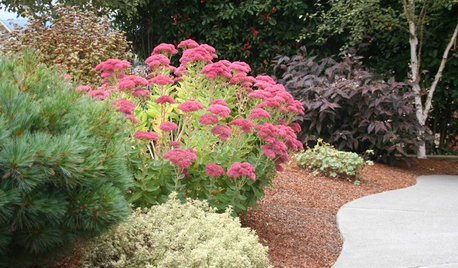Pears - graft or bud?
ltilton
10 years ago
Related Stories

EDIBLE GARDENSHow to Grow Your Own European and Asian Pears
Try these trees for their good looks, delicious fruit and wide range of sizes — plus you can espalier them
Full Story
GARDENING GUIDESGreat Design Plant: Santa Rita Prickly Pear for Purple Appeal
Distinctive colored pads and yellow flowers make this cactus a favorite in Southwestern gardens
Full Story
EDIBLE GARDENSHow to Grow 10 Favorite Fruit Trees at Home
Plant a mini orchard in fall, winter or early spring to enjoy fresh-off-the-tree fruit the following year
Full Story
GARDENING AND LANDSCAPINGCrazy for Fruit Trees
Whether a single citrus or a mini apple orchard, even the smallest landscape space can bear deliriously delicious fruit
Full Story
WINTER GARDENINGCalifornia Gardener's January Checklist
Winter-defying blooms and pruning saws earn a cheer, while California-focused gardening design books get a well-deserved shout-out
Full Story
GARDENING GUIDESGarden-Friendly Native Alternatives to Overplanted Exotics
There are lots of gorgeous, wildlife-friendly native plants ready to make an appearance in your garden
Full Story
GARDENING GUIDESPacific Northwest Gardener's August Checklist
Deadheading perennials, cutting raspberry canes and preparing for the onion harvest keeps Northwest gardeners busy in August
Full Story
EDIBLE GARDENSHow to Add an Apple Tree to Your Edible Garden
Readily available, beautiful and fragrant, apple trees offer four-season interest along with crisp, juicy fruit
Full Story
FARM YOUR YARDIf You Have Room for Only One Fruit Tree ...
Juice up a small garden with one of these easier-care or worth-the-effort fruit trees for a mild climate
Full Story
WINTER GARDENINGPruning Secrets for Exquisite Roses
Encourage gorgeous blooms year after year with this time-tested advice on how to prune your rosebush in winter for health and shape
Full StoryMore Discussions






alexander3_gw
ltiltonOriginal Author
Related Professionals
Cary Landscape Architects & Landscape Designers · Oconomowoc Landscape Architects & Landscape Designers · Paradise Landscape Architects & Landscape Designers · Mount Wilson Landscape Architects & Landscape Designers · Beverly Hills Landscape Contractors · Ellensburg Landscape Contractors · Ellicott City Landscape Contractors · Mesa Landscape Contractors · Saint John Landscape Contractors · Selden Landscape Contractors · Seven Hills Landscape Contractors · Severna Park Landscape Contractors · Shoreview Landscape Contractors · Soddy Daisy Landscape Contractors · View Park-Windsor Hills Landscape Contractorsmarknmt
fruitnut Z7 4500ft SW TX
ltiltonOriginal Author
marknmt
ltiltonOriginal Author
marknmt
canadianplant
ltiltonOriginal Author
alexander3_gw
skyjs
ltiltonOriginal Author
marknmt
ltiltonOriginal Author
olpea
ltiltonOriginal Author
canadianplant
olpea